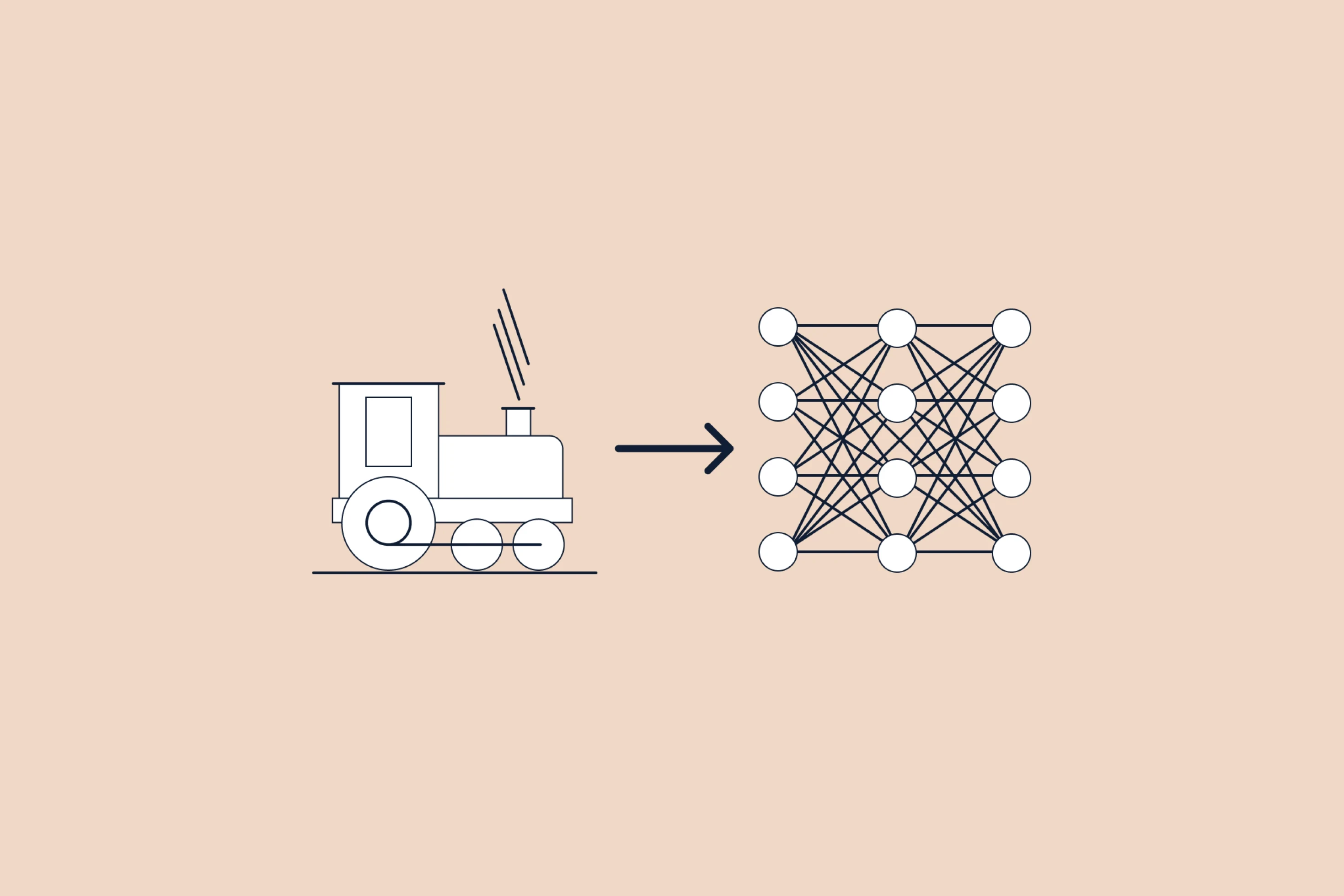The 9 Questions to Ask Before Choosing a New Tool
The right SaaS tools set-up the right way can take your processes to another level. No wonder the average number of SaaS applications companies use has grown from 80 to 130 over the last 3 years.
While there is value at the end of the journey, it could rapidly turn into a disillusionment if you pick the wrong platform.
So how can you be sure that the tool you’ve chosen will deliver on its promises?
There is, unfortunately, no magic formula. You have to do the work of diligently defining your requirements, comparing options with each other.
However, if you are in a hurry, here are 9 essential questions that will help you avoid costly mistakes.
The 9 questions to ask - and answer - every time you are about to buy a new tool
Can you answer these 9 questions?
Why do we want this tool?
Like in any other project, you first need to be clear about your objectives. Why are you considering this solution in the first place? It’s easy to lose track of your goals during a discovery process. Make sure you don’t fall for the shiny object syndrome.

Who will use this tool?
Your tool may work very well for some people… but not at all for others.
You want to be certain you understand the different type of users who are going to use the tool, what they are going to do with it and what is important to them.

Which skills are required to use this tool?
Some tools might require specific skills from your users to deliver maximum value.
One common example is writing skills. Looking for an outbound emailing tool? A help center? A social media publishing tool? Almost as important as the tool itself is whether the people who will have to write in these can write good copy.
Garbage in, garbage out.

How does this tool fit into our stack?
Don’t make the mistake of asking yourself this question only after you have purchased a new tool. Do the work of defining how this new solution will interact with your existing tools and complement them.

How do we maintain the tool?
What maintenance work will the tool require?
If you want outcomes, you will have to roll out and maintain the new solution. Have you planned for that? A common mistake we see early stage startups make is investing in an expensive CRM platform like Salesforce or HubSpot without planning for a dedicated person to manage it.

How much does it cost?
You’re probably already asking this question every time. But how far does your cost assessment go?
Make sure you include everything, not just the license costs: the full cost of buying, using and maintaining your new solution.

Is it safe to use this tool?
Will you get in trouble for using this tool?
Regulation - for instance GDPR in Europe - has significantly changed the rules when it comes to what you can and cannot do with customer data. You also want to check the risk profile of the company making the tool. Early-stage startups are innovative but come with additional risk.

How good is the service?
The tool you selected likely won’t be intuitive in all cases or cover everything you expected it too.
A great customer service can help overcome some of these challenges while also giving you an indication of the product team velocity. Always chat with customer service to test the waters.

How much optionality are we purchasing with this tool?
Last (but not least): will the tool be part of your stack in 5 years? 10 years?
Migrations - however sometimes necessary - are painful. If you have the opportunity to add a tool that can support your company through multiple growth periods, you should seriously consider it.

That’s it! You’re now good to go. If this list seems long to you, it’s nothing compared to the pain and cost of choosing the wrong SaaS solution.
So the next time you are about to buy a new solution, try to answer these questions.
This PE firm broke its own rule to deploy AI across 15 portfolio companies
How one PE firm deployed AI across 15 companies, transforming how teams work—during their busiest season.
How we look at AI Transformation
Explore the three phases of AI transformation and assess your organization's maturity level to effectively integrate AI into your operations.




